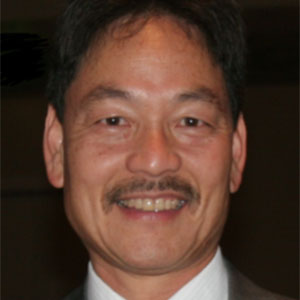Keene Matsuda
Home / Keene Matsuda
Presentations:
High Reliability Power System Design
Basic factors for a highly reliable power system design include the following: primary power sources, alternate paths of power/redundancy, automatic restoration, and backup power sources.
This presentation will discuss each of these concepts as they apply to real-life projects that had requirements for a highly reliable power distribution system. Without a high degree of reliability and redundancy, continued operation and safety of personnel and equipment would be at risk. The number of contingencies (or coincident failures) should be considered early on in the design. For instance, a triple contingency design approach would be to maintain or restore power to all loads during a single utility outage, while a fault occurs on the distribution switchgear bus, all while a distribution transformer is down for maintenance. Generally, an infinite source of money is usually not available and, therefore, prudent engineering application of proper design concepts is required in order to produce a cost-effective and reliable power system.
Solar PV Design Basics & Arrays from Rooftop to Utility-Scale
This presentation will begin with the sun and solar cell basics, then cover some of the more unique design basics per NEC Article 690. Numerous examples will be highlighted of the different technologies and array types.
Microgrid Basics & Misconceptions Revealed
The word microgrid is composed of two terms: micro for small and grid for loads and generation sources. Since the term microgrid is sometimes misused, the basics will be discussed and misconceptions revealed. The presentation will highlight a current microgrid project and challenges encountered.
© Copyright 2023 IEEE — All rights reserved. A not-for-profit organization, IEEE is the world’s largest technical professional organization dedicated to advancing technology for the benefit of humanity.


